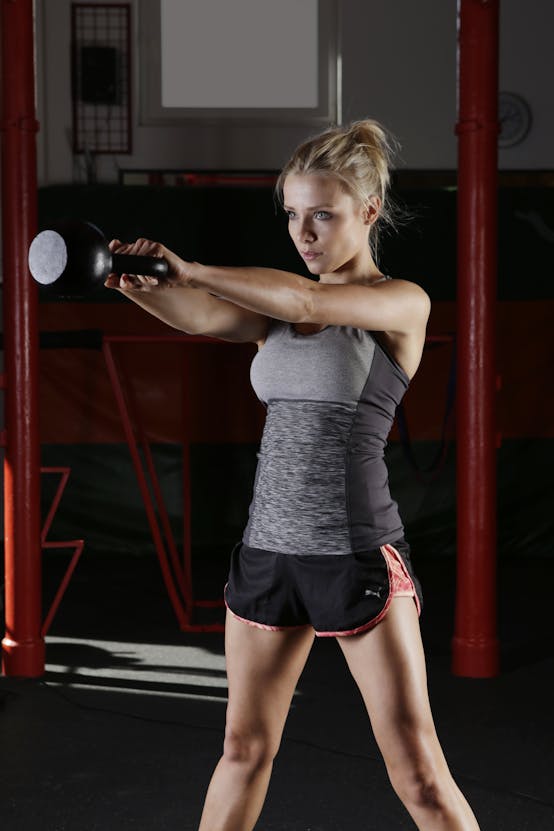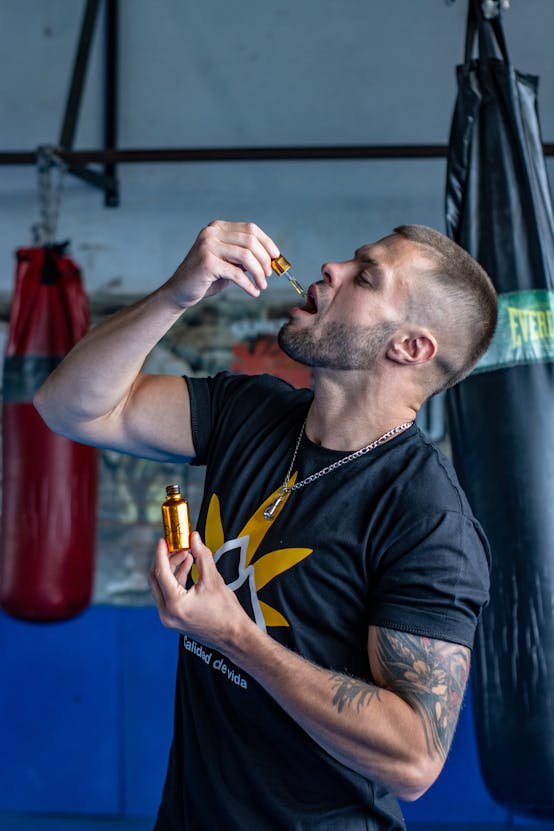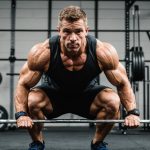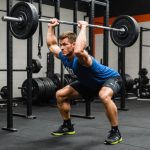Understanding Biomechanics in Sprinting
Biomechanics plays a crucial role in football sprinting, as it examines how body movements and mechanics can be optimised for speed and efficiency. By analysing sprinting mechanics, athletes gain insights into improving their overall performance.
Key biomechanical factors influencing sprinting speed include body alignment, force production, and ground contact time. Proper alignment allows for streamlined movement, reducing resistance and enhancing speed. Force production, generated through muscle contractions, impacts acceleration and velocity. The shorter the ground contact time, the faster the sprint, as energy is efficiently transferred through quick foot-strike.
In parallel : Staying Fit and Focused: Essential Tips for Football Referees to Boost Physical Conditioning and Mental Acuity All Season Long
In terms of body alignment, maintaining a forward-leaning position is essential. This alignment ensures that the centre of gravity assists in propelling the sprinter forward. Accurate alignment minimises energy loss, turning maximum force into propulsive motion.
Understanding and employing biomechanics in sprinting also involves recognising movement efficiency. Efficient movement patterns allow athletes to conserve energy, delaying fatigue and maintaining high speeds over longer distances. This encompasses the synchronisation of limbs and the proper utilisation of momentum.
Additional reading : Top Pre-Match Mental Strategies Every Football Goalkeeper Should Master
Incorporating biomechanics into performance analysis offers athletes a scientific approach to track progress and target improvements. Through meticulous study and adjustments based on biomechanical principles, sprinters can attain peak performance levels, advancing both their skills and competitive edge.
Key Biomechanical Strategies for Sprinting
Accurately refining your sprinting techniques is critical for acceleration and speed development, priorities for any athlete aiming to enhance performance.
Proper Starting Position
A robust starting stance sets the foundation for effective acceleration. Establishing this requires a balanced and strong posture at the start. Utilize exercises that boost your explosiveness, such as plyometric drills, which prepare the body to push off powerfully. Speed development cannot begin without mastering this phase.
Common mistakes, such as improper foot placements or leaning too far forward, hinder early progress. Avoid these by rehearsing precise techniques and consulting professional athletes’ starting positions.
Optimal Stride Mechanics
Stride mechanics—encompassing stride length and frequency—hold the key to maximizing speed. Regular practice with dynamic drills helps refine these mechanics, focusing on stride efficiency. Observing the techniques of elite sprinters showcases optimized stride mechanics, offering invaluable insights into their implementation during training.
Arm Movements and Coordination
Arm movements are instrumental in sprinting as they contribute to maintaining balance and momentum. Practicing targeted exercises enhances upper body coordination, thus improving overall performance. Correct arm positioning can markedly influence sprinting speed by ensuring the body remains balanced, smoothening force transitions throughout the sprint.
Training Drills to Enhance Sprinting Techniques
Improving sprinting techniques is crucial for football players aiming to excel on the pitch. Sprint drills form the foundation of effective speed training. By focusing on proper form and technique, players can significantly enhance their performance. One effective drill is the “sprint-overs”, where athletes sprint over short hurdles. This drill encourages quick knee lift and correct stride length. Another essential exercise is the “flying sprints”. Athletes build up to top speed over a distance before maintaining a maximal sprint for a fixed length, honing the ability to sustain top speed.
Incorporating plyometric exercises into the routine aids in building explosive power, essential for rapid acceleration. Exercises such as box jumps and depth jumps help increase muscle elasticity and power output. Plyometrics should be carefully integrated into speed training, progressing from basic to more complex movements to avoid injury and enhance effectiveness.
Strategic progression and periodization are vital to a successful speed training program. Begin with foundational drills before intensifying the complexity and volume. Periodization ensures that athletes peak at the right time, aligning their training goals with competitive schedules. Balanced progression maintains gains while reducing the risk of overtraining, thus fostering sustainable improvement in sprinting capabilities.
Expert Insights and Performance Tips
Gaining insights from sports biomechanics experts can significantly impact athlete development. These professionals analyse movements to enhance performance through tailored coaching strategies. Interviews with experts often reveal that monitoring athlete performance involves intricate evaluation techniques. Coaches are encouraged to use performance enhancement strategies based on data-driven insights to refine training routines.
Practical Tips for Coaches
Incorporating biomechanics into training requires structured approaches. Coaches should focus on:
- Regularly assessing biomechanics data to adapt training regimens.
- Implementing drills that mirror real-world stressors athletes face.
- Using technology like motion sensors for precise performance tracking.
Monitoring and Evaluating Athlete Performance
Continuous evaluation is key to athlete improvement. Coaches should develop a robust system for monitoring performance, including video analysis and sensor technology to gather precise data. This allows for the development of coaching strategies based on tangible metrics rather than intuition alone. Evaluating progress over time helps in adjusting strategies and ensures athletes are on the right path to reach their potential. By fostering an environment of openness and feedback, coaches can keep athletes informed and engaged in their development journey.
Video Demonstrations and Illustrative Diagrams
Understanding complex movements and techniques can be challenging. For visual learners, instructional videos and diagrams offer invaluable support. These resources make the learning experience both intuitive and accessible.
Demonstration of Biomechanical Drills
Numerous video resources exist specifically designed for those who learn best visually. These instructional videos break down biomechanical drills into understandable segments. Viewers can replay key elements, allowing them to study the intricate details of each movement. Highlights typically include step-by-step training resources on posture, alignment, and specific mechanics. The use of slow-motion and overlays makes it easier to understand how each muscle group contributes to effective performance. The videos serve as a virtual coach, guiding the viewer through complex exercises with clarity.
Diagrams of Proper Techniques
Diagrams offer a valuable visual representation of proper techniques. These diagrams can succinctly illustrate body alignment and mechanics, simplifying complex information into digestible visuals. By using these aids, athletes and coaches gain a clearer understanding of the correct form and execution of movements. Many training platforms provide downloadable content, ensuring that these invaluable resources are readily accessible. Such visual tools empower users to refine their skills independently, fostering self-improvement with precision.













